Approaches to Learner Autonomy in Language Learning презентация
Содержание
- 2. You cannot teach a man anything; you can only help him
- 3. Learner Autonomy Defined Ability to take charge of one’s own learning
- 4. Characteristics of Autonomy Concept based in natural tendency for learners to
- 5. Versions of Autonomy
- 6. Characteristics of Autonomous Language Learners Seven main attributes (see Omaggio, 1978,
- 7. What Needs to Happen First Teacher becomes less of an instructor
- 8. Oxford’s Model of Learner Autonomy Technical perspective Focus on physical
- 9. Some Background Autonomy is generally seen as a characteristic of adults
- 10. Designing Courses that Promote Autonomy Take into consideration Learner goals The
- 11. Our Goals as Teachers Train learners to function better while studying
- 12. Fostering autonomy
- 13. 5 Ways of Supporting Autonomy Resource-based Independent use of learning materials
- 14. 5 Ways of Supporting Autonomy Con’t Curriculum-based Learner control over curriculum
- 15. Resource-Based Self-access areas Use of authentic texts Self-instruction and
- 16. Self-Access Areas Technology Comptuers CDs & DVDs Learner literature Dictionaries Grammar
- 17. Characteristics of Good Self-Access Materials classified by learners’ language level Suggestions
- 19. Technology-Based Internet Software Computer-mediated communication
- 20. Classroom-based Learners are asked to set their own goals and plan
- 21. Learner-based Learner development activities Language learning strategies & techniques (p.149) “Good
- 22. Curriculum-based Process syllabus Inquiry-based learning Project-based learning Task-based learning
- 23. Teacher-based Teacher roles Teacher autonomy
- 24. Our Roles as Teachers Voller (1997) identifies three roles for teachers
- 25. Activities for autonomous language learning
- 26. Strategy Training Learning strategies = the techniques you use to learn
- 27. Metacognitive Strategies Thinking about your process of learning Planning Monitoring
- 28. Cognitive Strategies Learners actually do something with the language in order
- 29. Learning Journals Purpose Teacher-student channel Reactions Responses Open Formats Written, Online,
- 30. Learning Contracts What am I going to learn? (Objectives) How am
- 31. Personal Plans To use in the weeks after a lesson finishes
- 32. Learning Logs Individual student’s summary of what has been learned over
- 33. Learning Logs Consider asking one’s self questions such as: Did it
- 34. CALL / Technology Blogs Software Computer-mediated communication (CMC) Web 2.0 tools
- 35. Blogs
- 36. Websites
- 37. Webquests Presents student groups with a challenging task, scenario, or problem
- 38. Reflection Incorporate reflective lessons into your teaching Have students consider: Their
- 39. Questions? Companion website for workshop http://colombotech.pbwiki.com/Approaches-to-Autonomous-Learning Email Erin [email protected]
- 40. Selected Resources Benson, P. (2001). Teaching and researching autonomy in language
- 41. Скачать презентацию
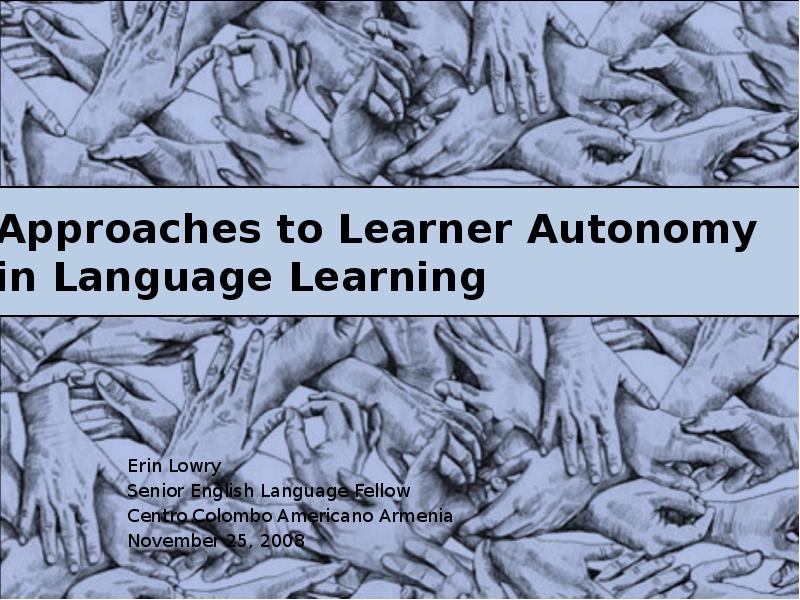




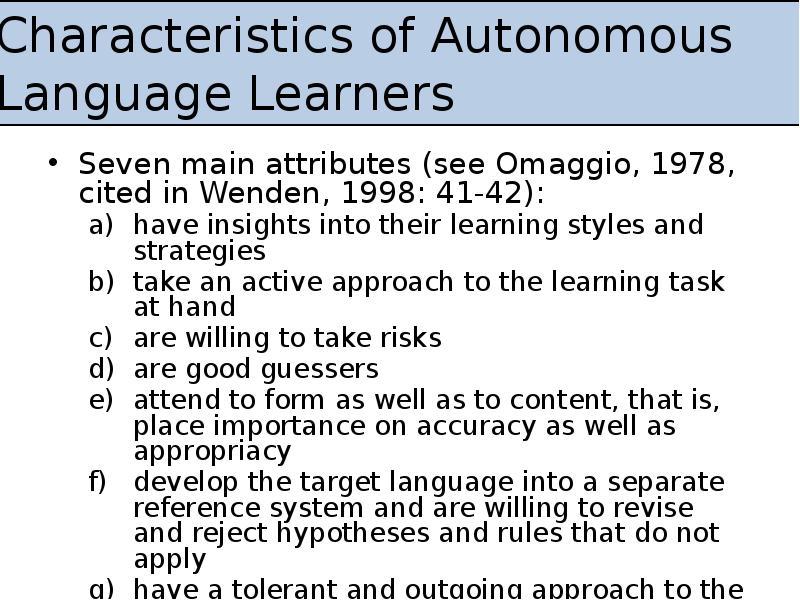

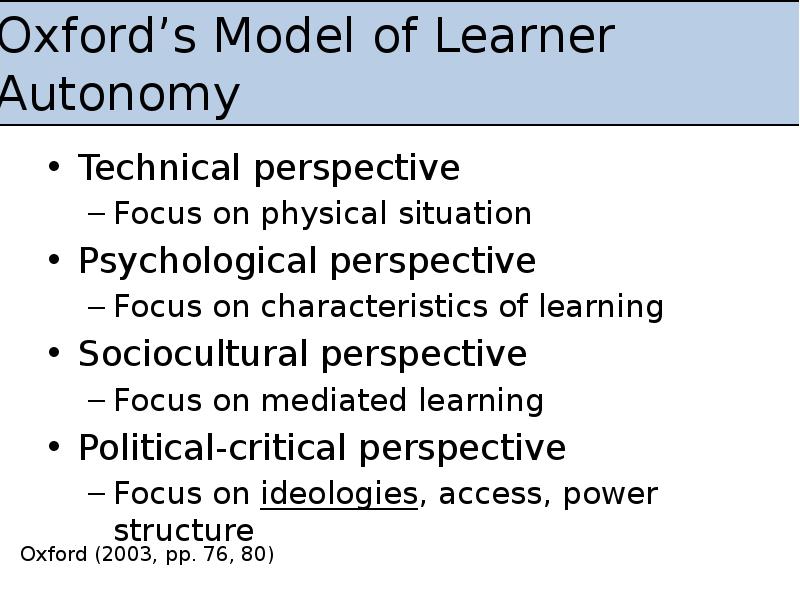

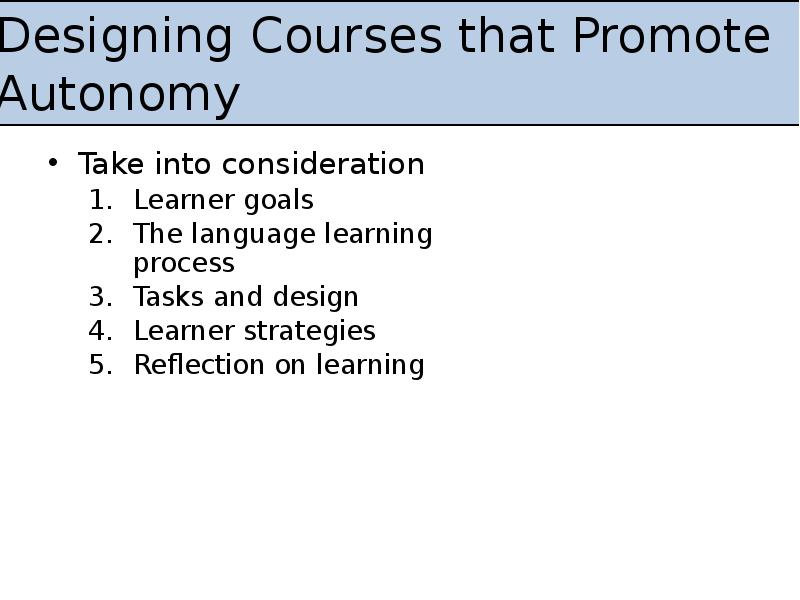
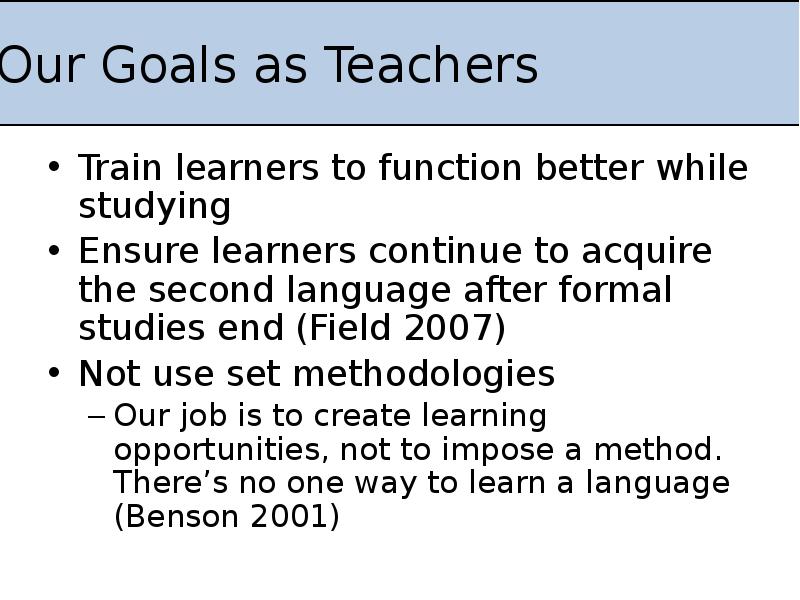
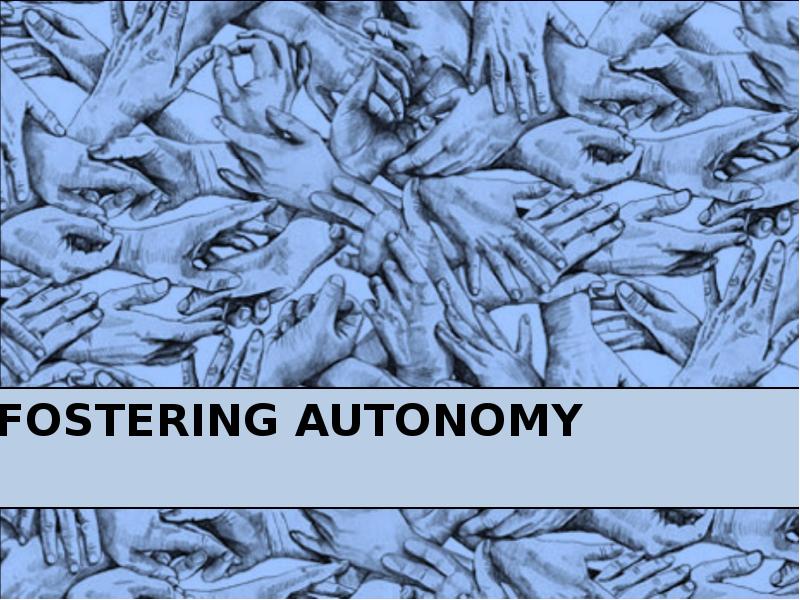
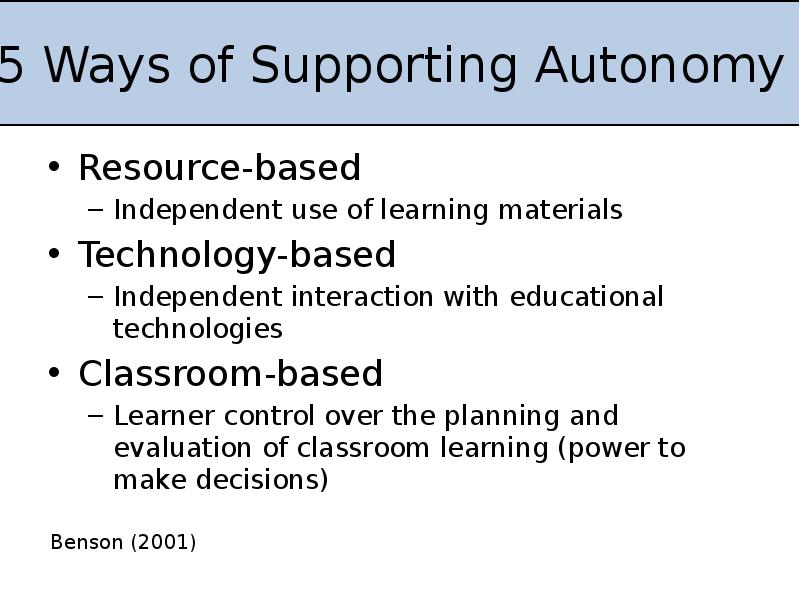


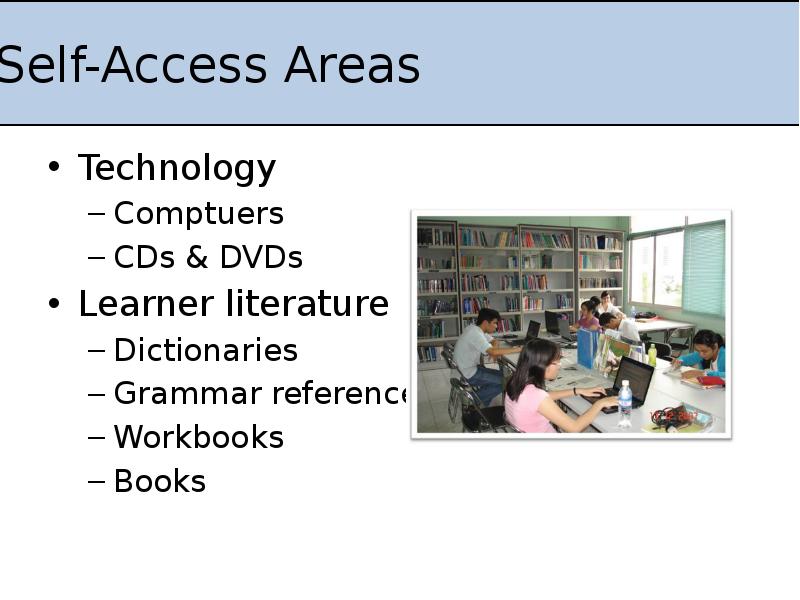
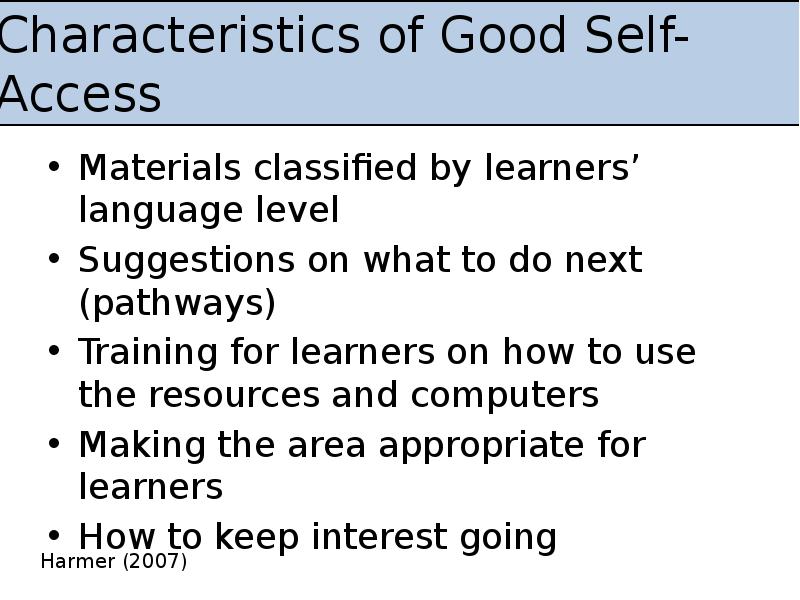

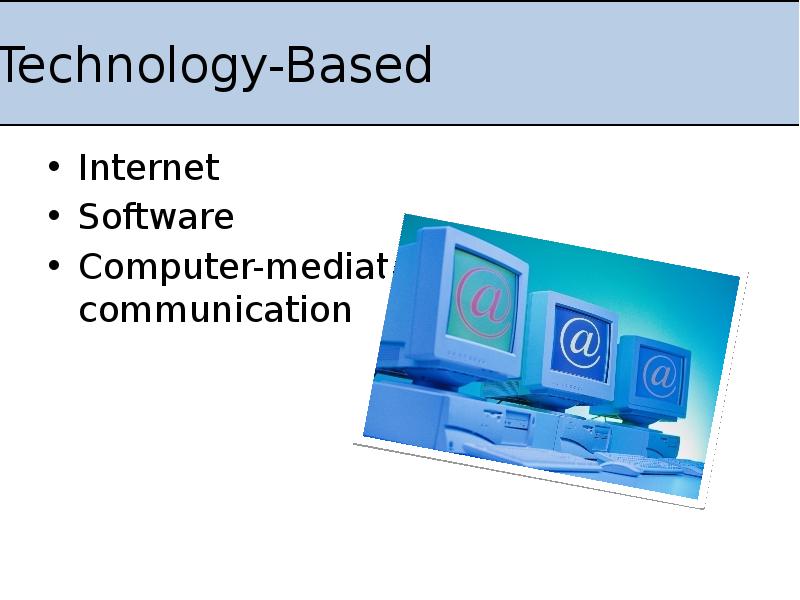
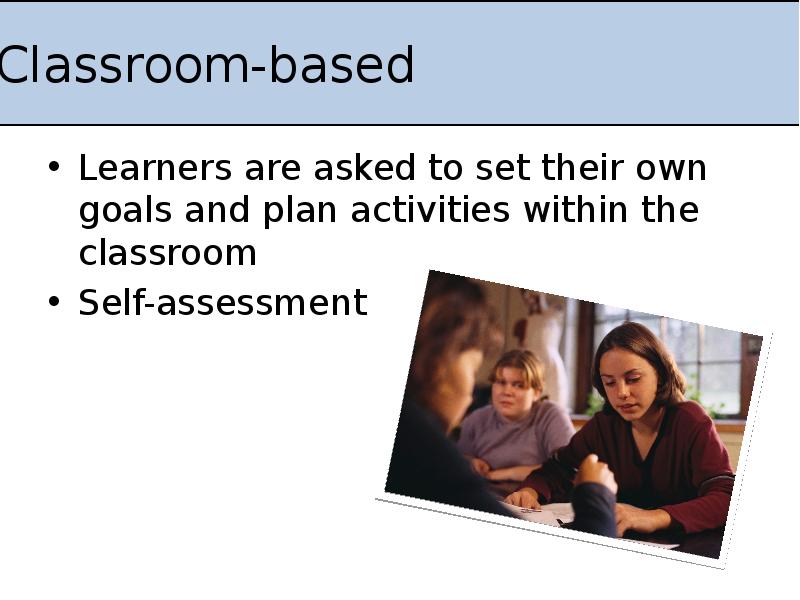

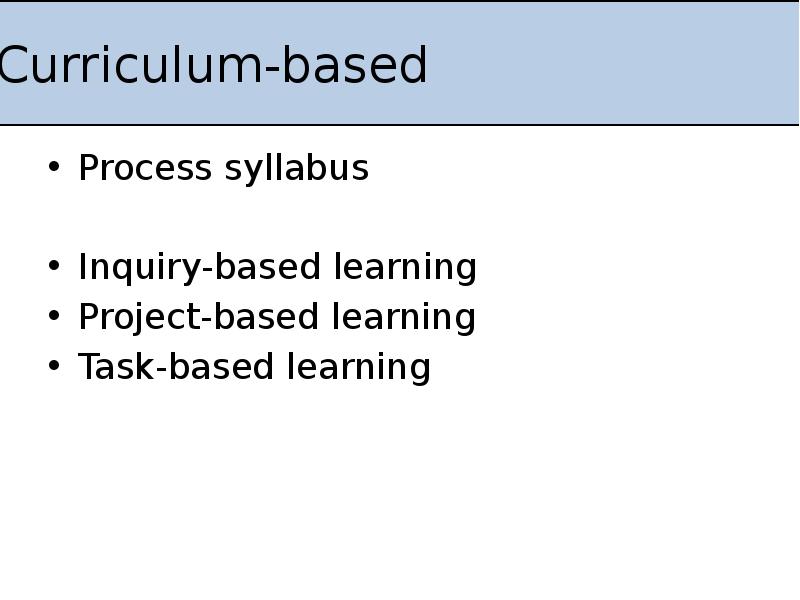
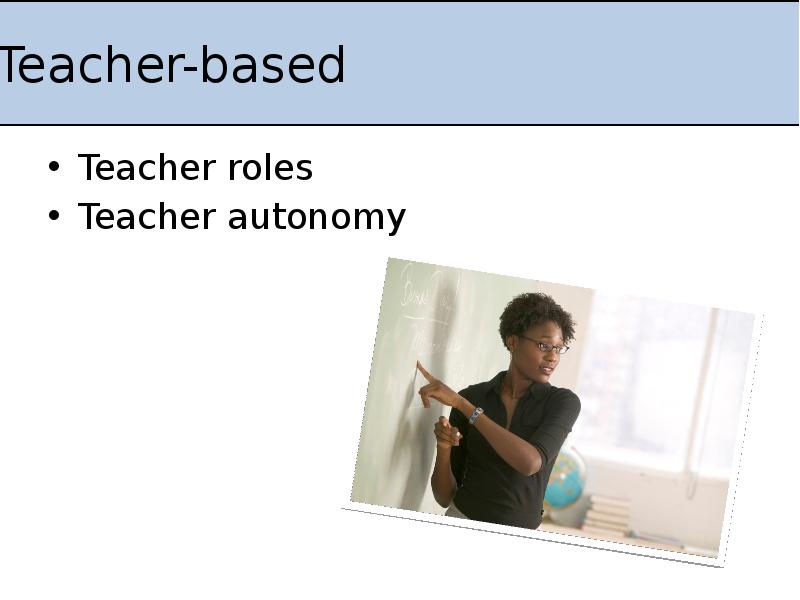
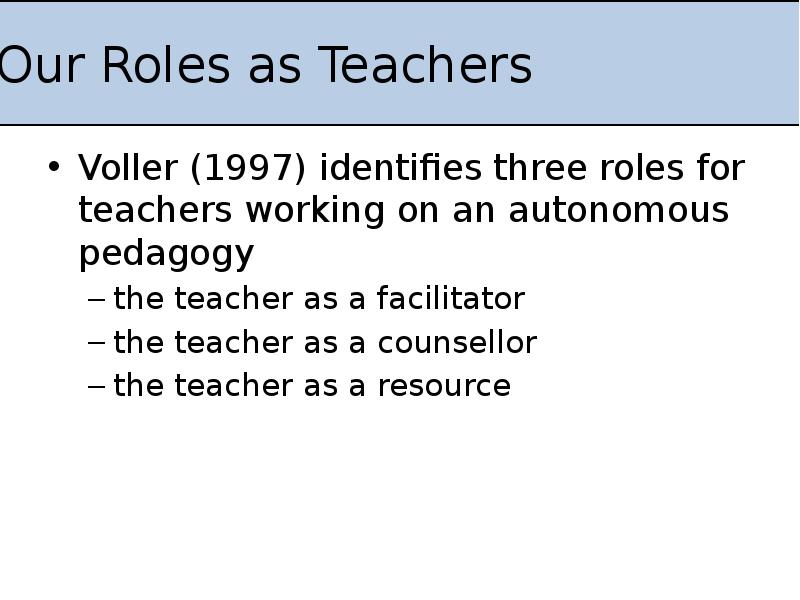
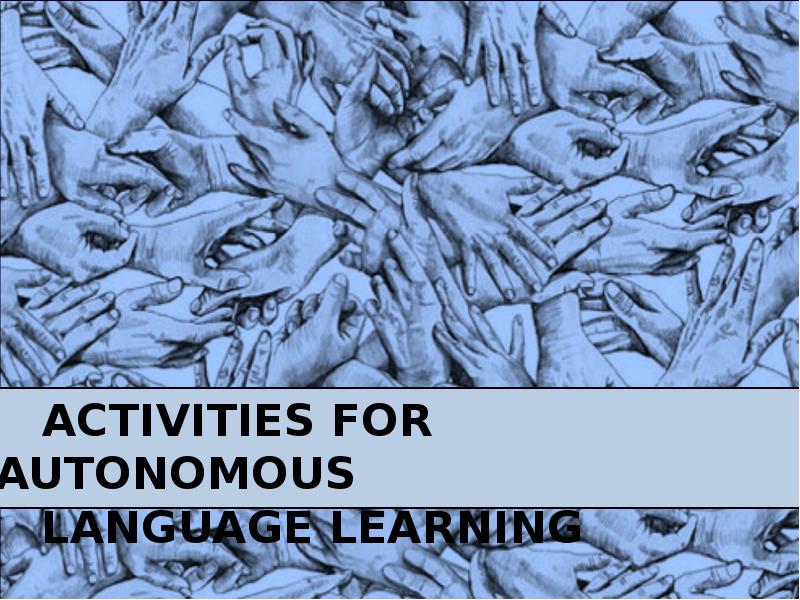


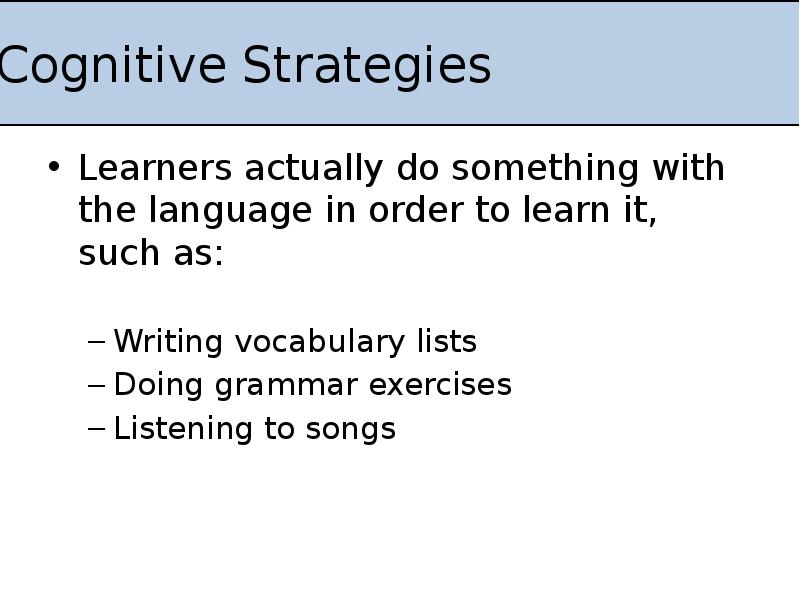
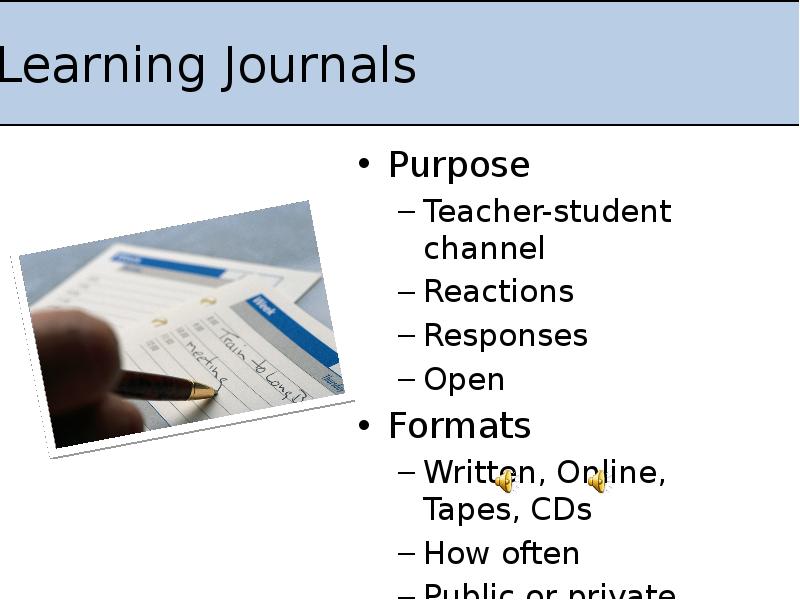
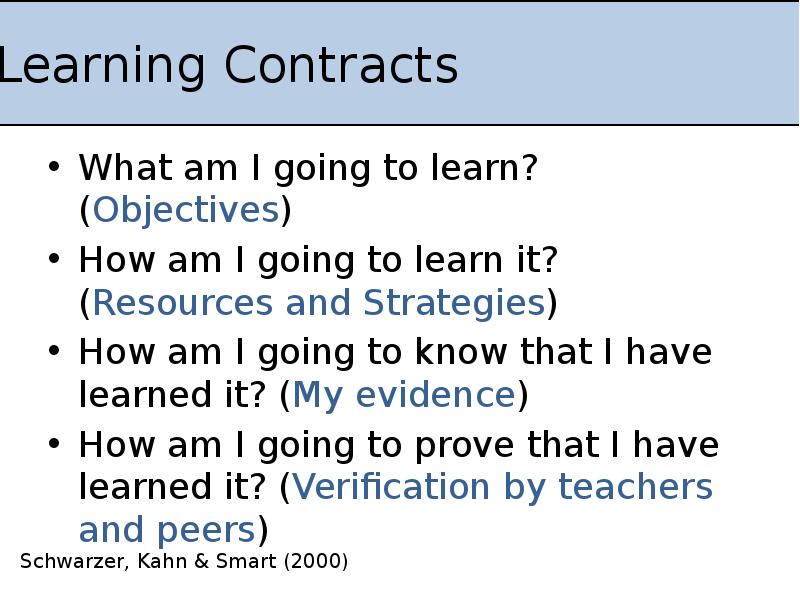
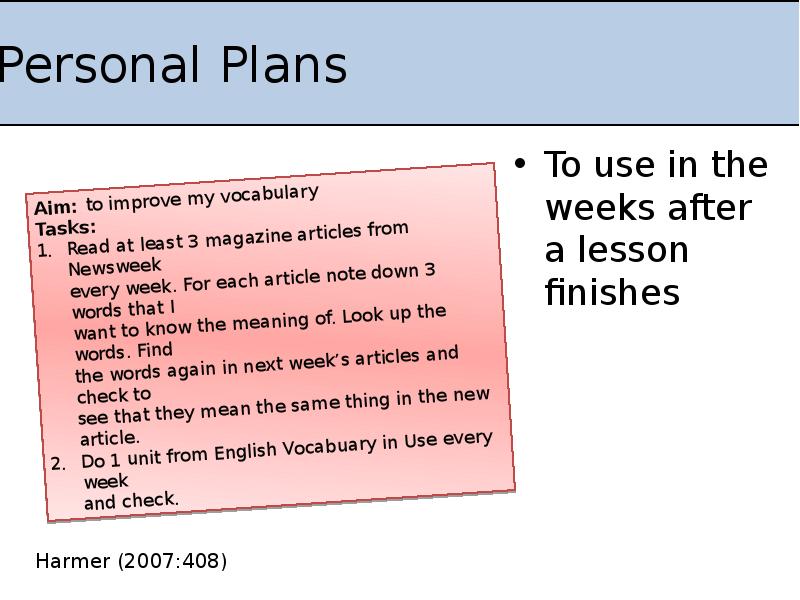

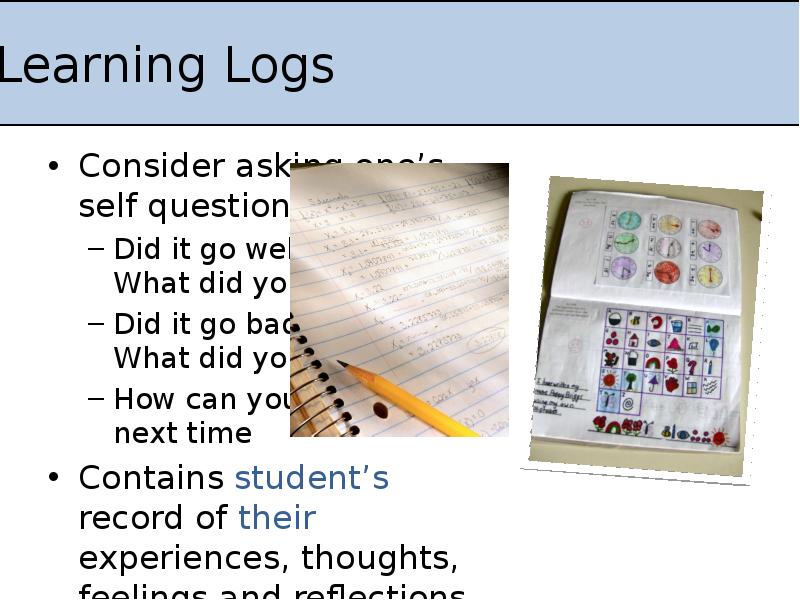
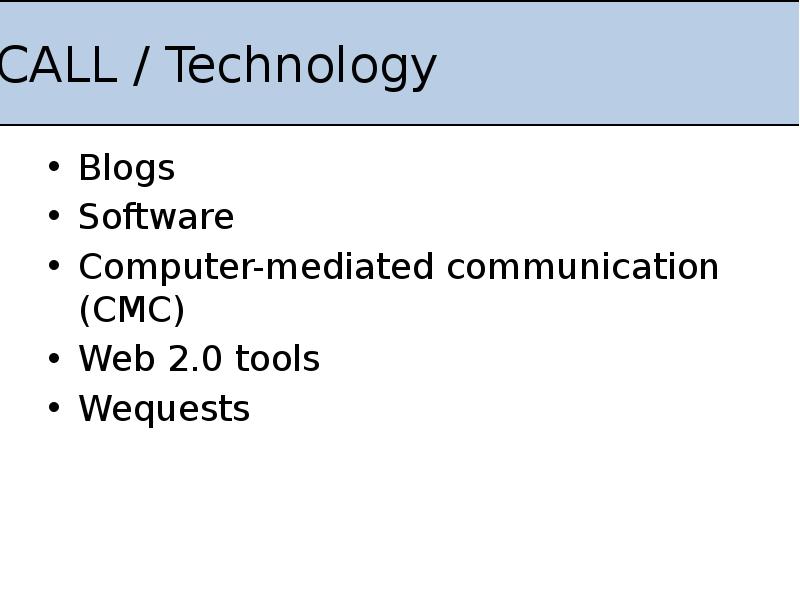

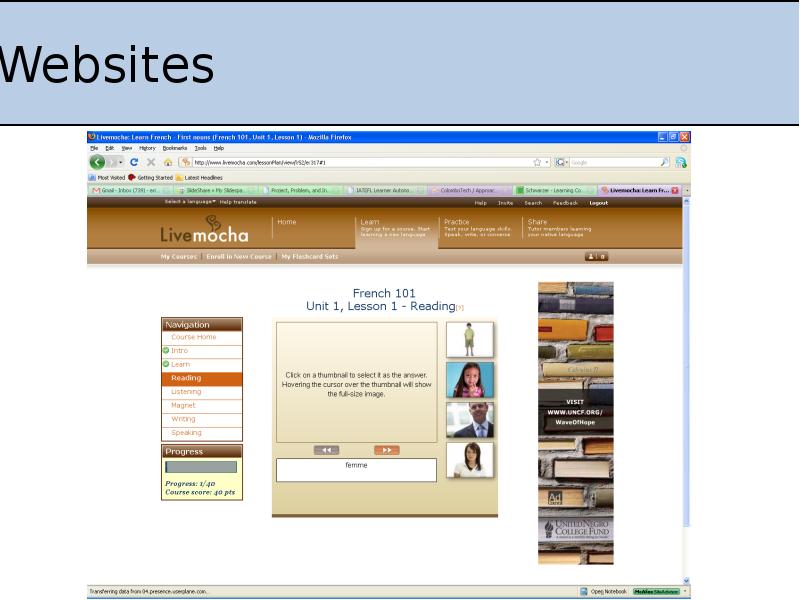

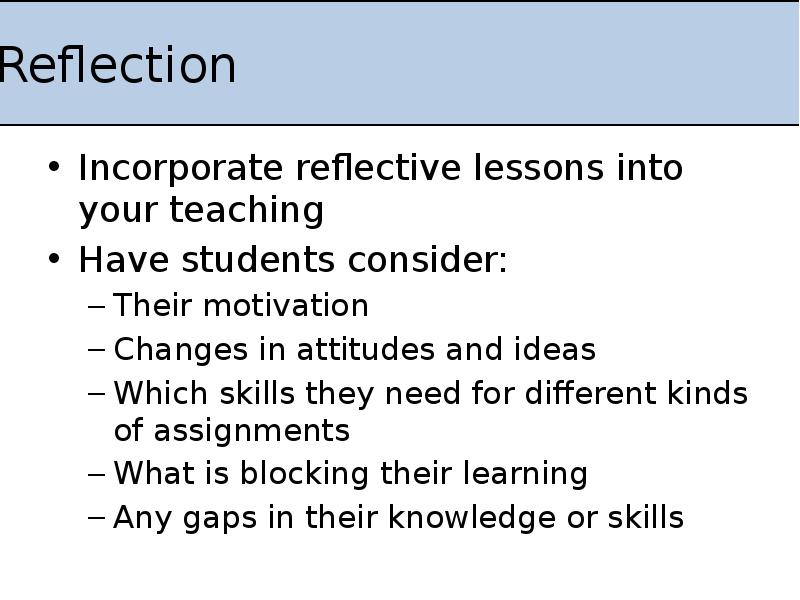
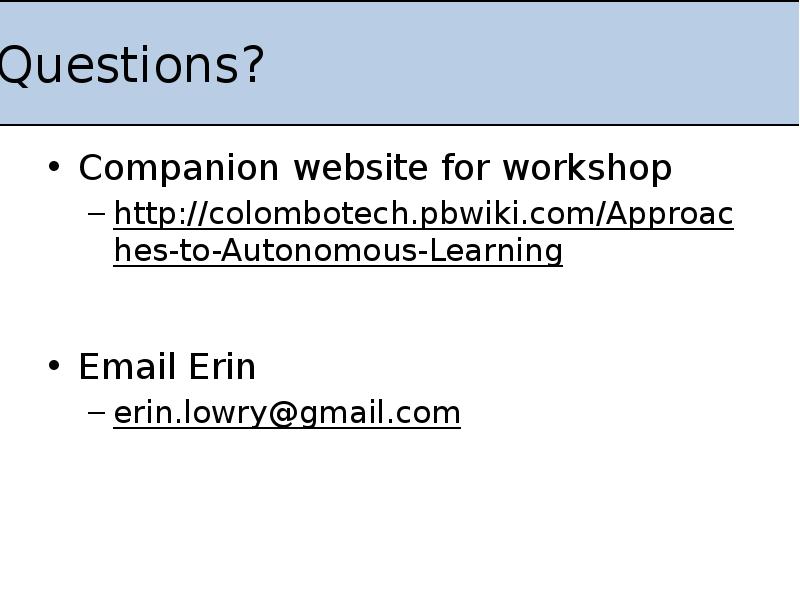
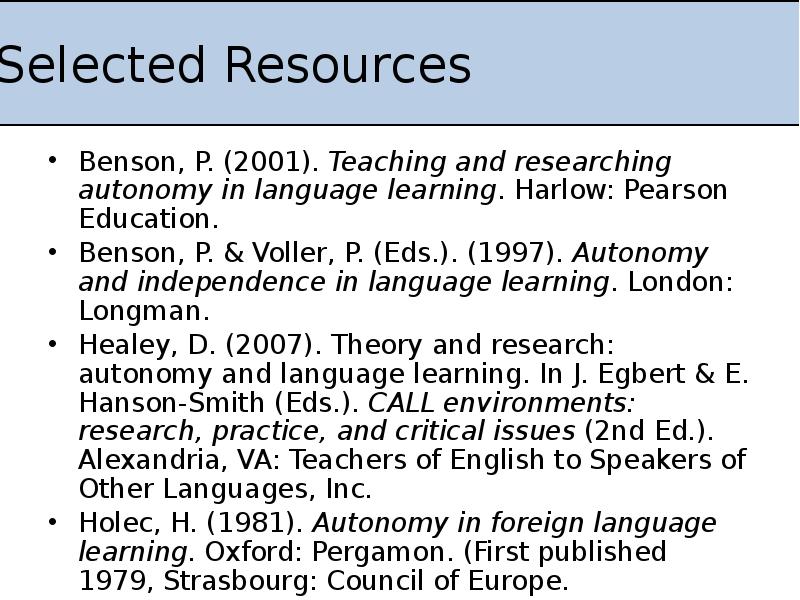
Слайды и текст этой презентации
Скачать презентацию на тему Approaches to Learner Autonomy in Language Learning можно ниже:
Похожие презентации





























